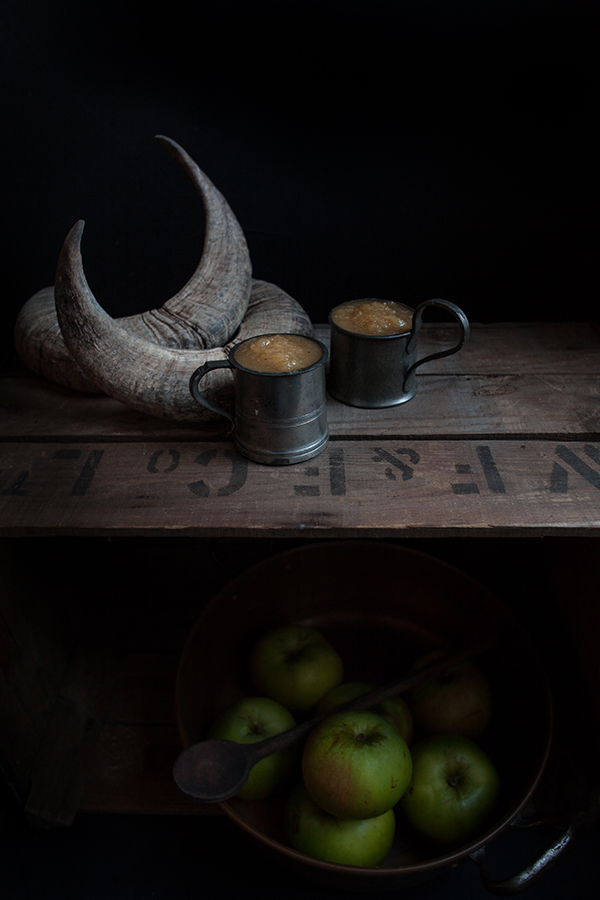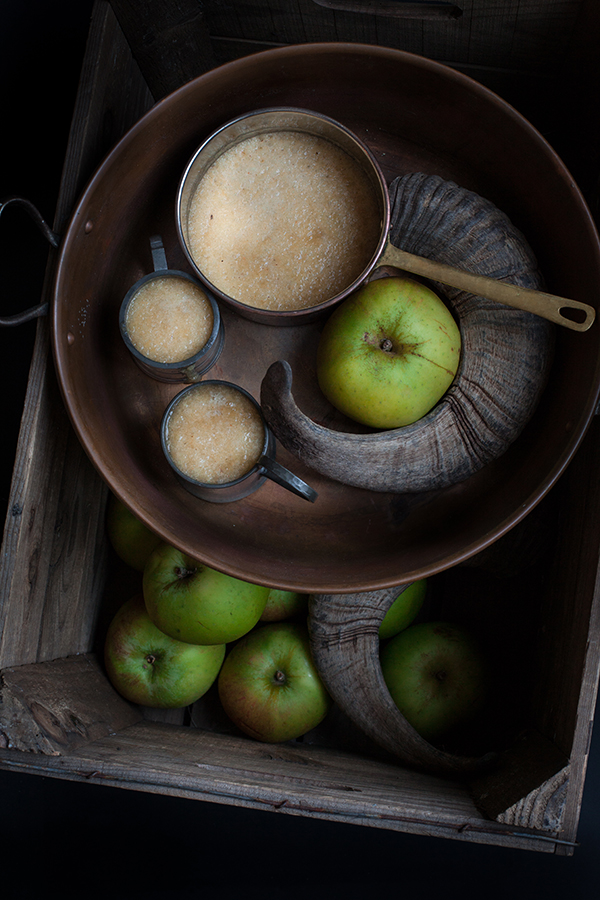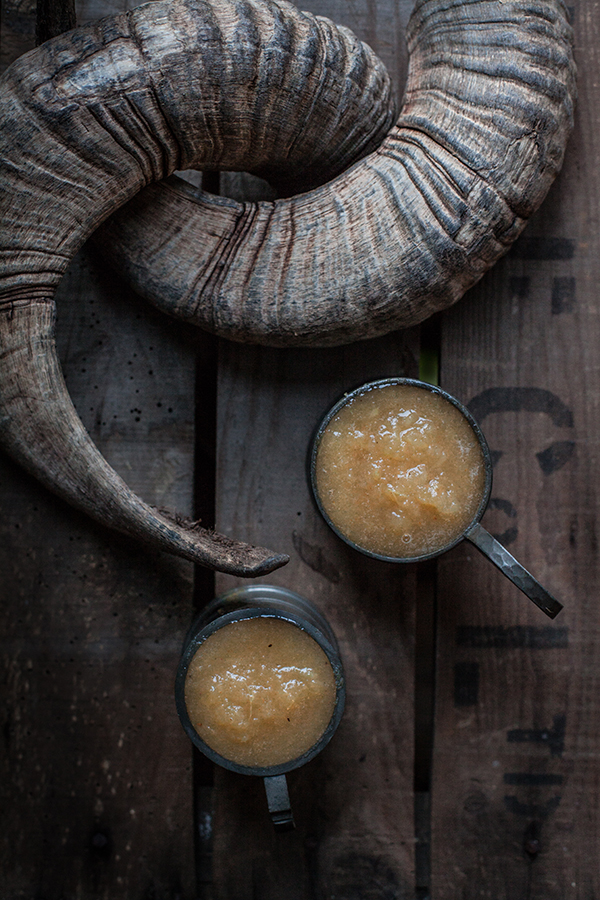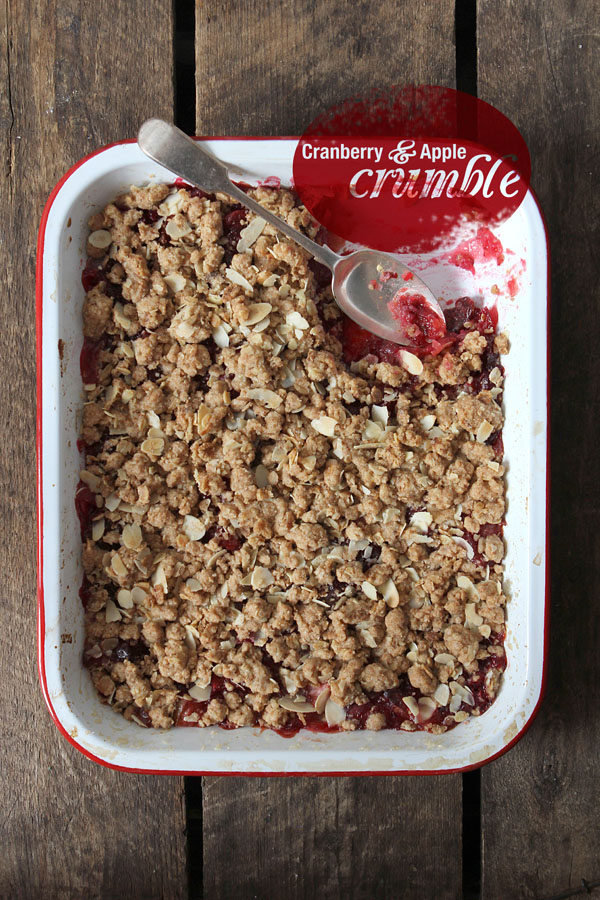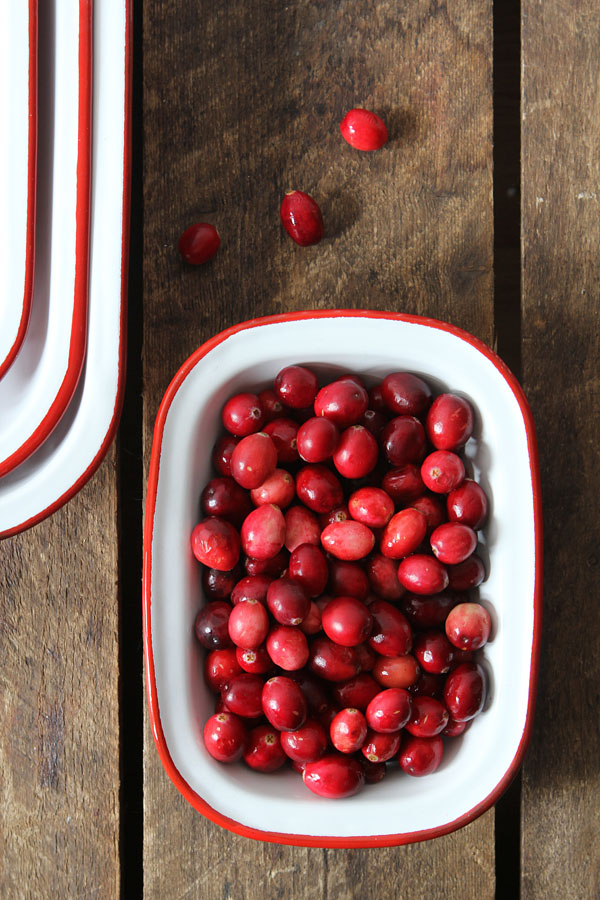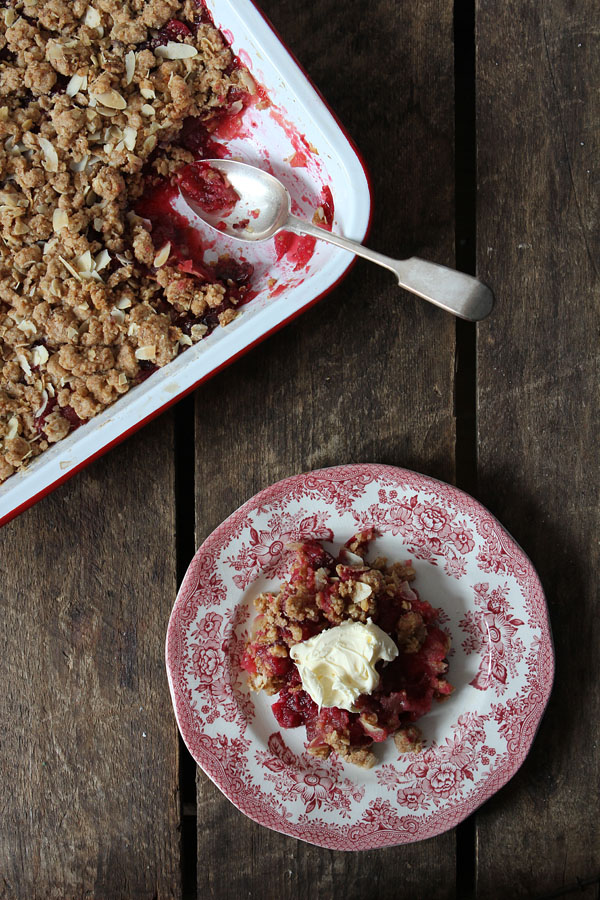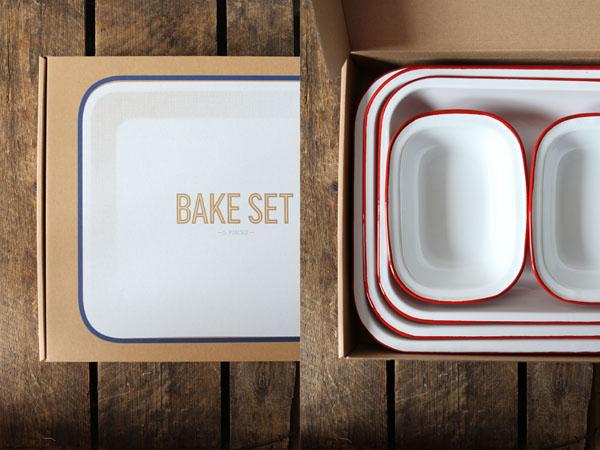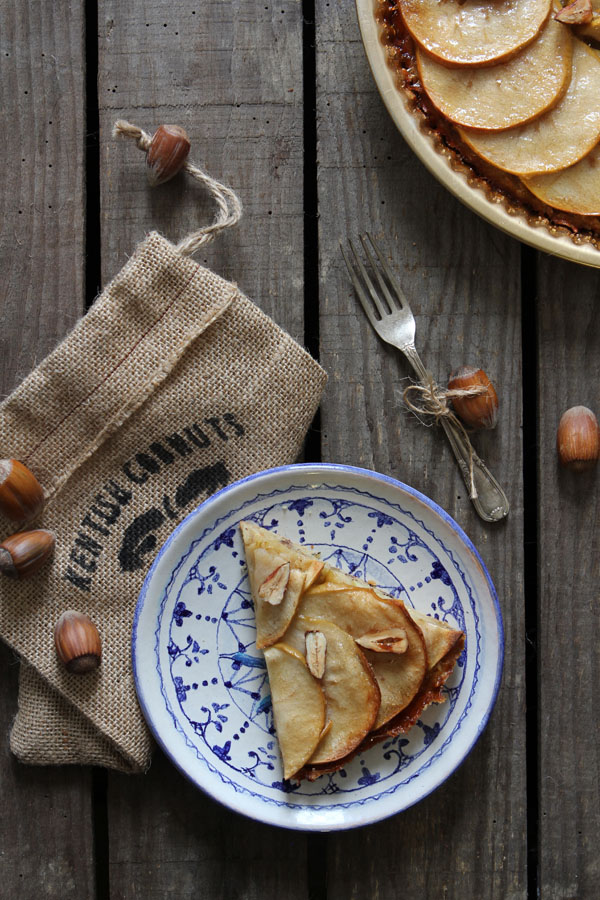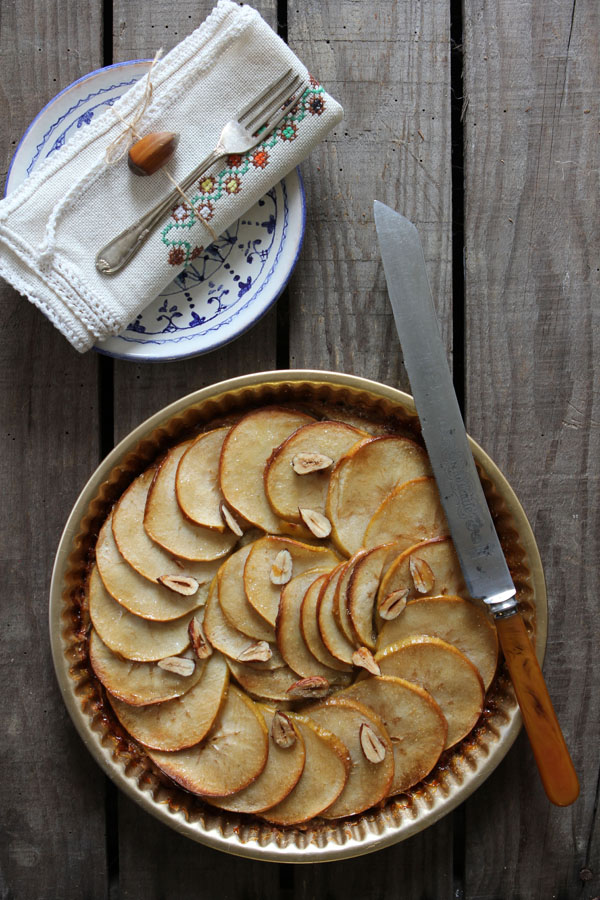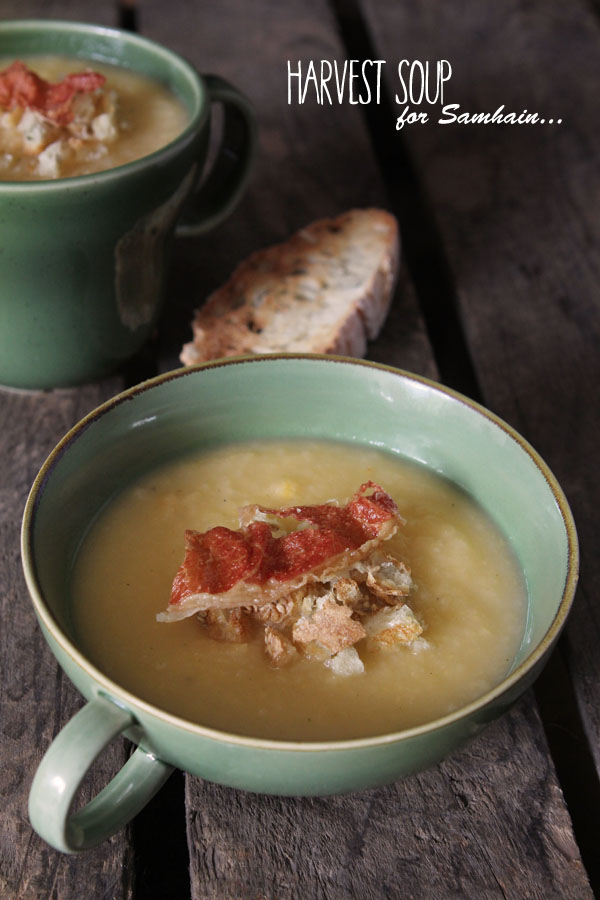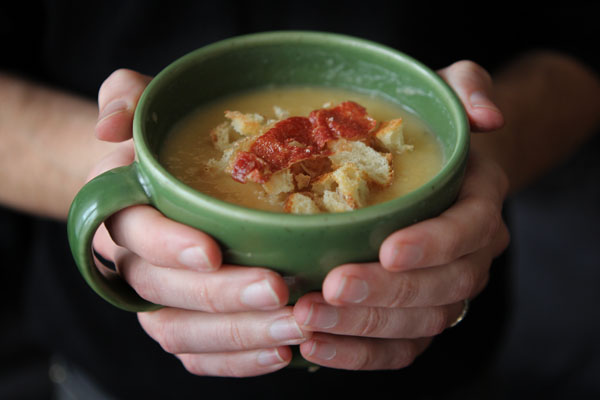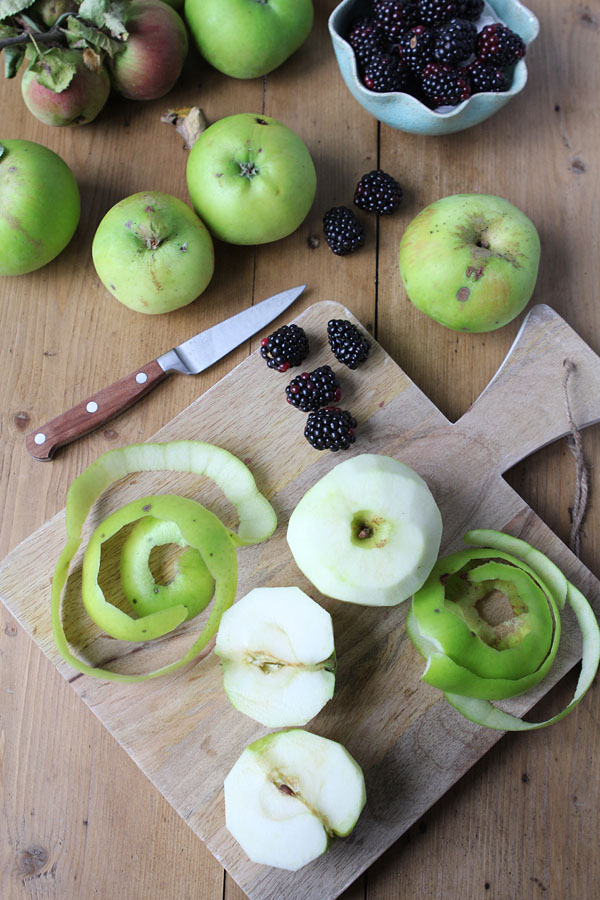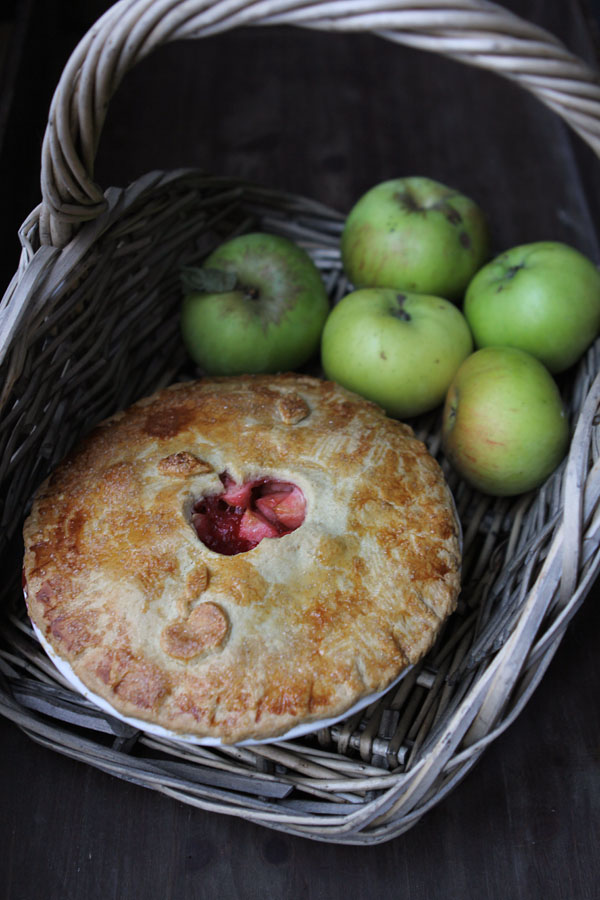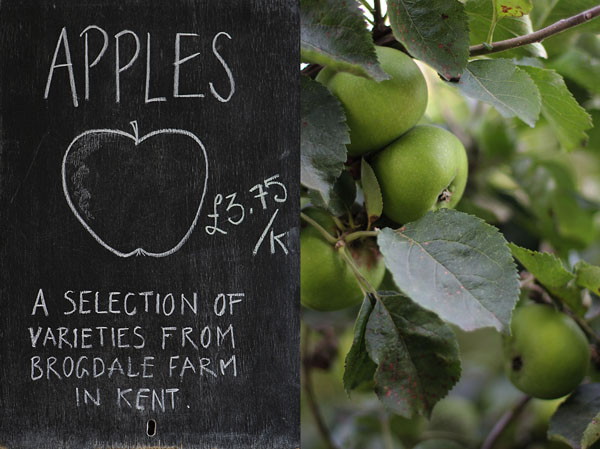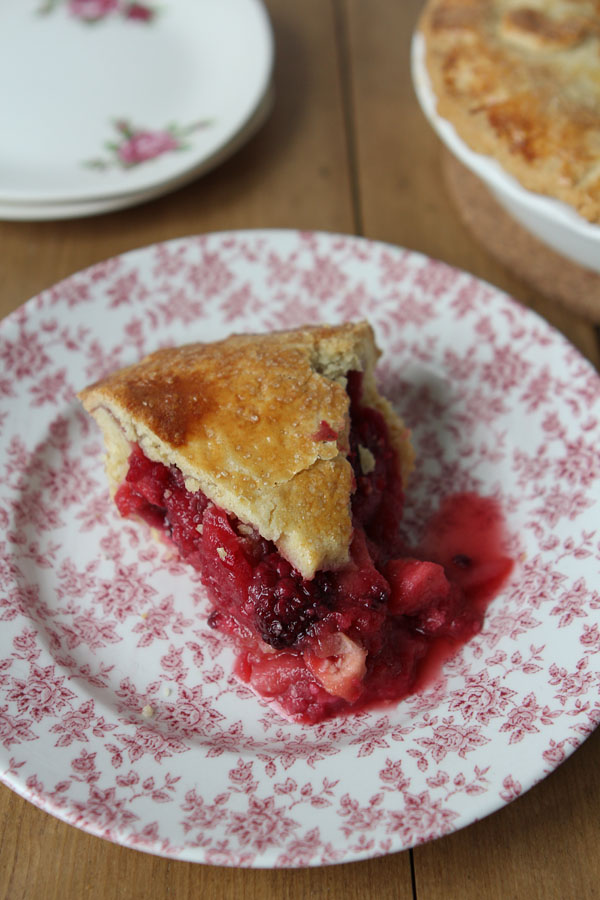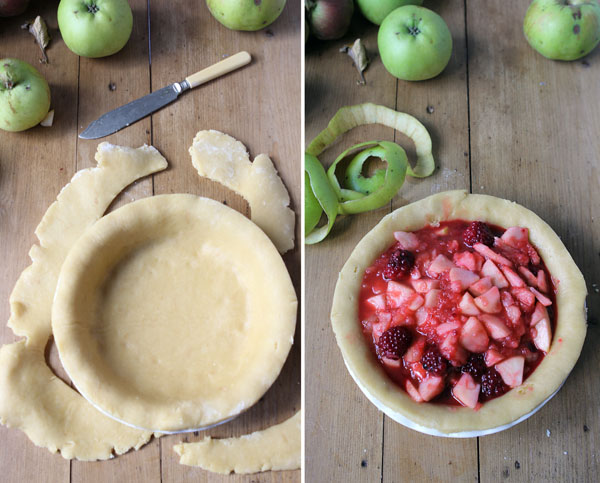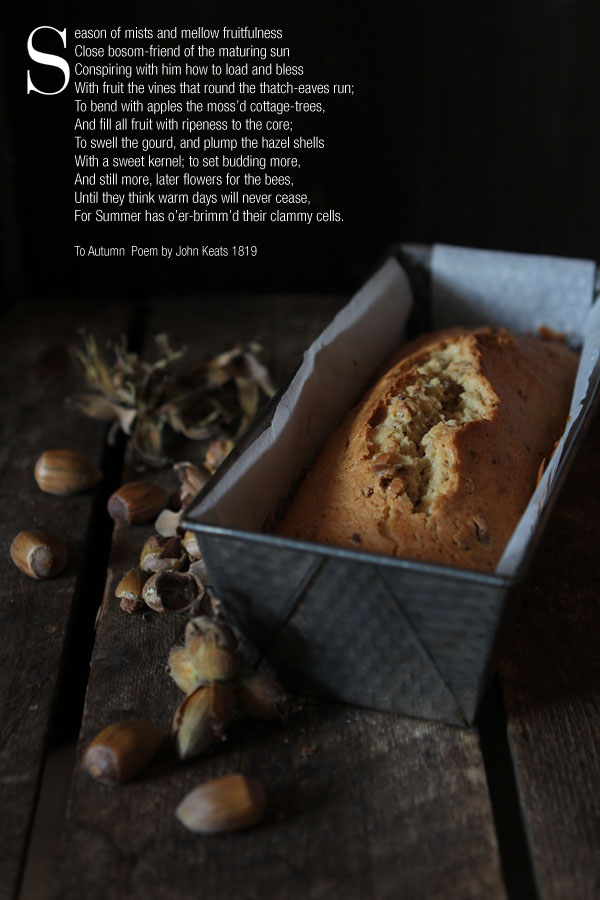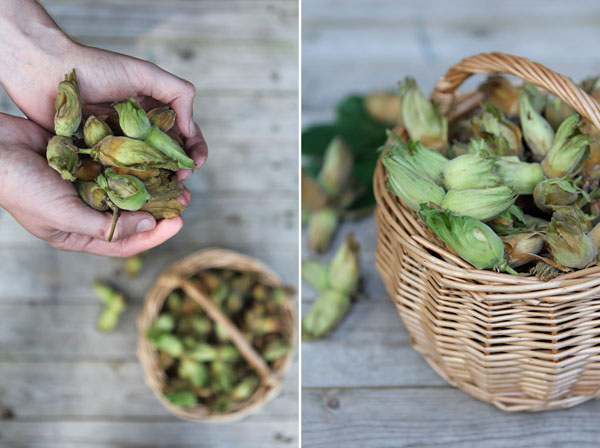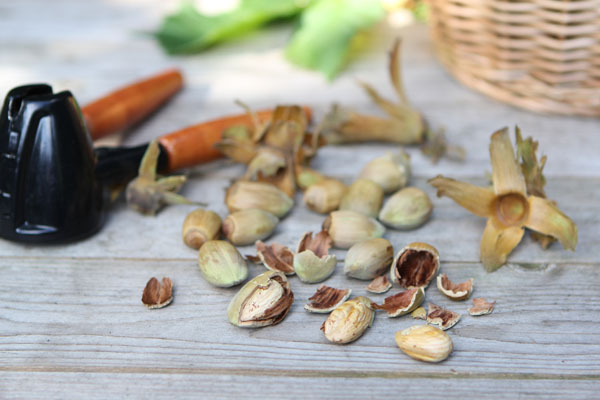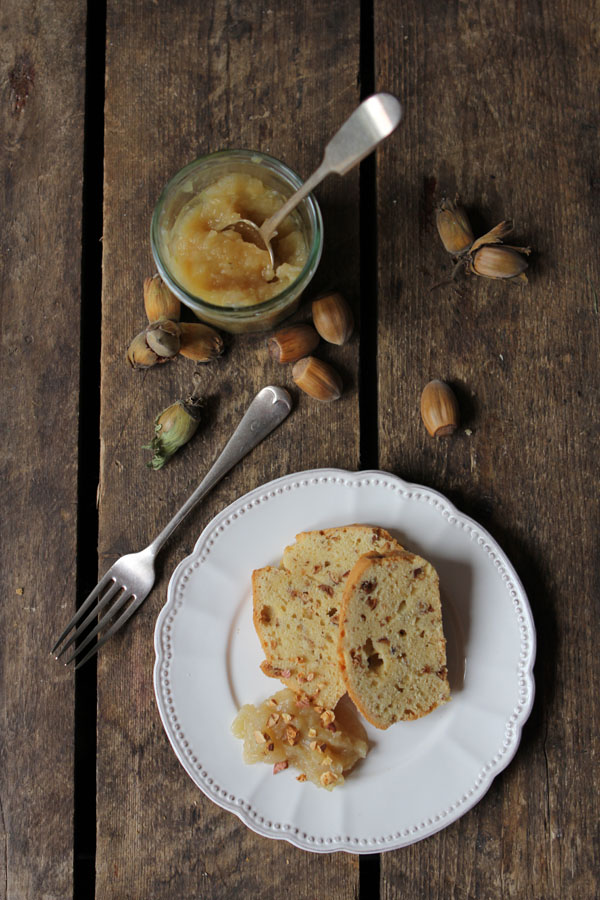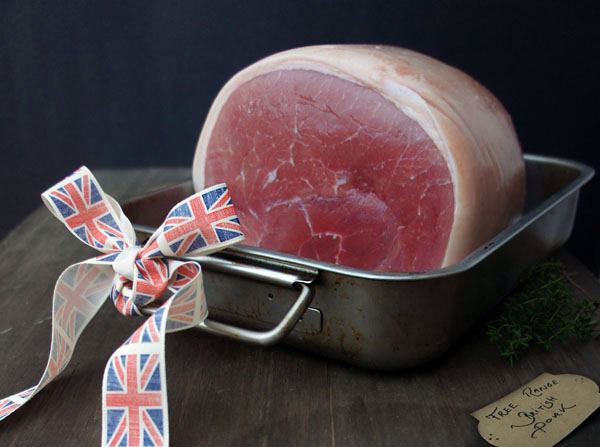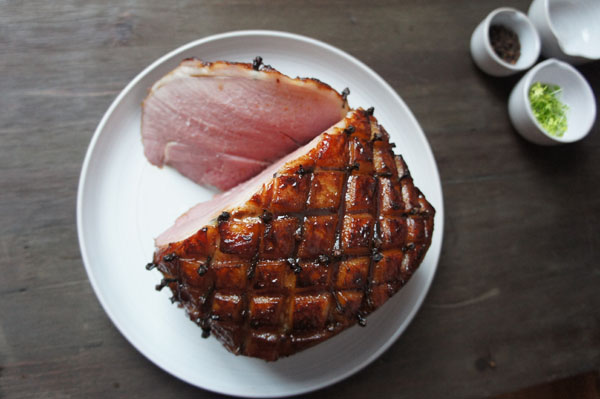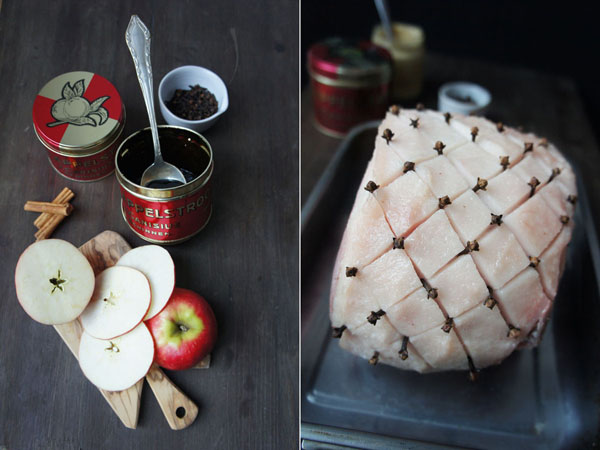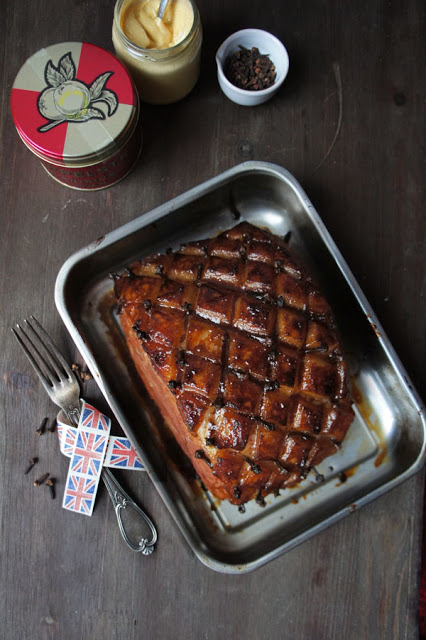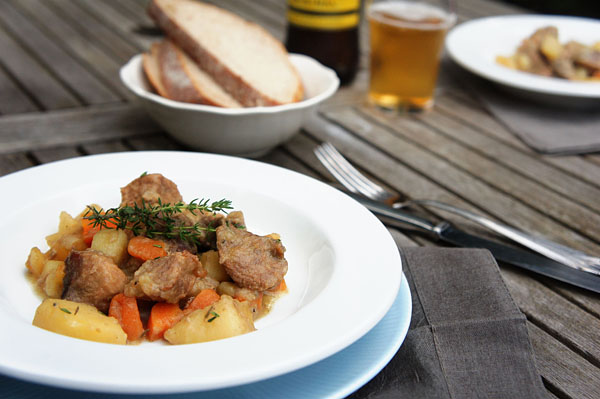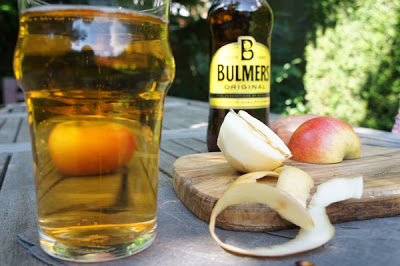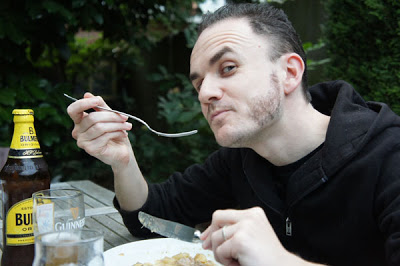Although I was brought up with a lot of Pagan traditions, living in the city of Antwerp meant that some customs were harder to follow than others. As city dwellers far removed from any orchard or field, we were ignorant to the traditional rites surrounding harvest and sowing time. If there is no nature to honour, no field to gather around the cleansing fire, the feasting quickly becomes part of the past and forgotten.
Industrialisation has brought us wealth and the choice of matching shoes with handbags on a regular tuesday morning. It has brought the technical bits and bobs we all love and loathe. The big world has become smaller and the challenges bigger. The lucky few still live outside of the ever growing concrete cities. We follow their lives on Instagram with a sense of nostalgia, as if we have ever experienced living surrounded by trees and liberating fields and forests, and then tragically lost it.
But that is what it is, we have lost something, and most of us can feel it. There have never been more depressed people, nor have there ever been more people who are unhealthy because of their eating habits, eating too much rather than starving, but malnourished nonetheless. Our daily bread is soiled with adulteration, slowly making us ill. Animals are kept away from fields and live their ever shortening lives on the concrete floors of factory farms to keep the cost of your daily need low, fruit is left on the trees to rot because farmers can’t afford to harvest it, the price a farmer gets for his milk hasn’t gone up in 20 years (based on Belgian farms) so milk is being sprayed onto the soil of the farmland where the cows can no longer roam freely because of bureaucratic nonsense about fertilizer. Small scale generation long fishermen turn their boats into flower beds because the fishing quotas set out to protect fish stocks have made it so that only the big destructive factory fishing vessels can make a living, scooping up the fish only for part of it to be actually consumed and the rest turned into animal feed because their nets just catch too much for it all to be sold and cooked by us humans. The fisherman that could have made his day by catching one Dover Sole, now has to trow it back, while the big monsters take and take and kill the sustainable fishing industry.
We got lost as humans, because we lost part of our human nature.
Let today be an Epiphany.
The Epiphany is the Christian feast that concludes the twelve days of Christmas. In Pre-Christian pagan traditions this marks the time for Wassail. The practice of ‘wassailing’ meant singing and drinking in the apple orchards on the Twelfth Night to awaken the trees, to warn of the evil spirits and pray for a good harvest in the autumn. It could be that the feast of Wassail comes from the Celtic festival called ‘La Mas Ubhail’, the Feast of the Apple. Wassail comes from ‘waes hael’ meaning ‘be thou healthy’ or ‘be whole’, a salutation in Old English. During the feast these words would be addressed to each other and to the oldest apple tree in the orchard.
A drink traditional to Wassail is called ‘Lambswool’ and it is very possible that ‘La Mas Ubhail’ got phonetically Anglicised, to ‘Lamasool’ and later ‘Lambswool’. In historical books we often see that a lot of words were written down phonetically, resulting in a number of different ways to note down one single word.
Robert Herrick, a mid 17th century poet mentioned the custom of Wassailing and Lambswool in his poem about about Twelfth Night, we also get an idea of the recipe too:
Next crown the bowl full With gentle lamb’s wool Add sugar, nutmeg and ginger, With store of ale too; And thus ye must do To make a wassail a swinger
Give then to the king And queen wassailing : And though with ale ye be whet here, Yet part from hence As free from offence As when ye innocent met here.
The drink Lambswool is a mulled ale, poured over hot apple puree, although some people swear by whole apples, or apple pieces cooked in spiced cider or ale. However, as far as a drink goes, you can’t swallow a whole apple, nor can you swallow apple pieces so it is most probable that the recipe containing whole apples is just derived from the recipe made with apple puree. It is possible that the soft puree resembled a lambs fleece to people in the old days, resulting in giving it the name of what they associated it with, lambs wool.
Another reason for thinking that an apple puree was used it that this is the end of the season, so the apples which are left in times before refrigeration and fancy techniques to keep fruit from ripening, would not have been the prettiest of the bunch. An hot and spiced apple puree fortified with ale would be warming on a january evening, and would allow people to prepare it in a kettle rather than an oven which is used for the recipe with whole apples. Remember this is a country dish and ovens were a privilege for the well-to-do. But the sugar in the dish also tells us this wasn’t a drink for the poor, it could have been a special treat from the lord of the manor, or from the farmer to his farm labourers.
Last year I spoke to you about the intriguing Twelfth Cake, a fruit cake elaborately decorated with sugar or wax figurines which was also a privilege for the well-to-do. This cake, which is also mentioned by Herrick in his poem also started of as a humble ‘plum cake’ for the feast of Wassail. City folk picked up on it and adjusted the cake to their festive needs, making it the centrepiece of the table and causing queues in front of bakeries. Because it became popular in the city and with the wealthy, we get our first recipe for it in a 1803 book. A recipe for Lambswool is more difficult to find, as the drink remained in the countryside. So judging from the poem of Robert Herrick, I came up with this recipe for you.
Lambswool
serves 6-8
What do you need
- Bramley or Cox stewing apples, 500 gr (peeled and cored about 300 gr)
- water, 100 ml
- sugar 100 gr
- freshly grated nutmeg, 1 teaspoon
- ginger powder, 1 teaspoon
- a good ale, 750 ml
Method
Peel and cut your apples in small pieces and place in a pot along with 100 ml of water and the sugar and spices. Stew until soft and puree so there are no bits left.
When ready to serve, heat up the apple puree and add the ale while whisking. You should get a nice froth while doing so. Serve at ones.
Are you celebrating the Twelfth Night? Or are you having a slice of King cake, galette Du Roi or Driekoningen taart? Or are you wassailing and drinking Lambswool?
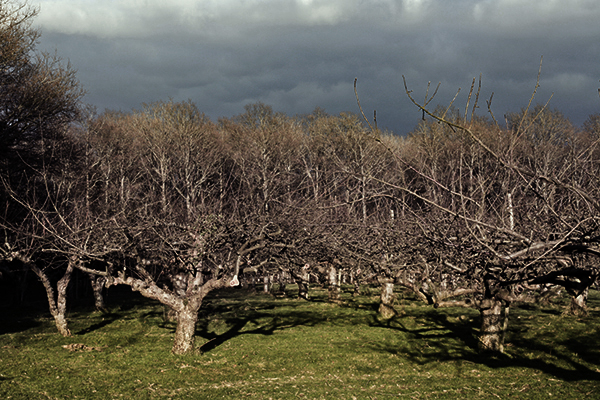 |
| Ancient apple trees in Sussex |
You might also like
Twelfth Cake for Twelfth Night >

